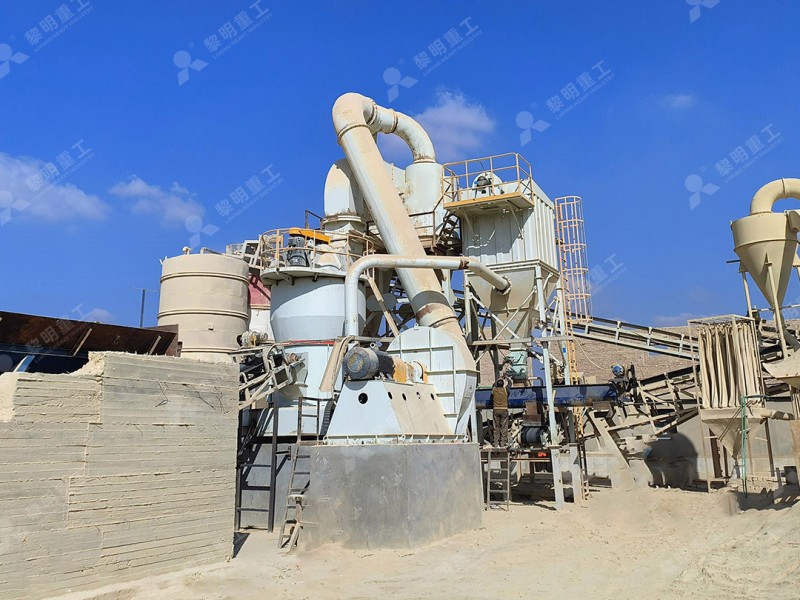Raymond Mill for Grinding Copper Ore in Shaanxi Tongchuan
Optimizing Copper Ore Processing in Shaanxi Tongchuan
The mining region of Shaanxi Tongchuan has long been recognized for its substantial copper ore deposits. Efficient processing of this valuable resource requires robust and reliable grinding equipment capable of transforming raw ore into fine powders suitable for further metallurgical processes. While traditional Raymond Mills have served this industry for decades, recent technological advancements offer significant improvements in energy efficiency and output quality.

In Tongchuan’s challenging operational environment, where consistent particle size distribution and operational reliability are paramount, operators must carefully evaluate their grinding equipment options. The region’s specific ore characteristics demand mills that can handle varying hardness levels while maintaining consistent output quality. Furthermore, environmental considerations require equipment with advanced dust collection and noise reduction capabilities.
Advanced Grinding Solutions for Modern Mining Operations
For operations requiring ultra-fine powder production, the MW Ultrafine Grinding Mill presents an excellent solution. With an input size capacity of 0-20 mm and throughput ranging from 0.5-25 tph, this equipment is particularly well-suited for copper ore applications where precise fineness control between 325-2500 meshes is required. The mill’s innovative design eliminates rolling bearings and screws in the grinding chamber, significantly reducing maintenance concerns and potential downtime.
The MW Ultrafine Grinding Mill incorporates German powder separation technology and efficient pulse dust collection, making it particularly suitable for Tongchuan’s environmental requirements. Its higher yield and lower energy consumption – achieving 40% higher production capacity than jet grinding mills with only 30% of the energy consumption – make it an economically attractive option for copper processing facilities looking to optimize their operational costs.

Technical Considerations for Copper Ore Grinding
When processing copper ore in the Tongchuan region, several factors must be considered. The abrasiveness of the ore demands durable grinding components, while the need for consistent particle size distribution requires precise control systems. The moisture content of the raw material also influences mill selection, as some designs incorporate integrated drying capabilities.
For operations requiring vertical grinding solutions, the LUM Ultrafine Vertical Grinding Mill offers distinct advantages. With its input size of 0-10 mm and capacity of 5-18 tph, this mill integrates ultrafine powder grinding, grading and transporting in a single system. The LUM mill’s reversible structure facilitates easier maintenance, while its double position-limiting technology ensures stable operation – crucial factors in remote mining locations like Tongchuan.
Environmental and Operational Efficiency
Modern grinding operations in China must comply with increasingly stringent environmental regulations. Equipment selection must consider not only processing efficiency but also dust emission controls, noise reduction, and overall energy consumption. Advanced mills now incorporate comprehensive environmental protection features, including efficient pulse dust collectors and noise elimination systems that allow operations to meet national environmental standards.

The digital processing and numerical control employed in contemporary grinding equipment ensure higher precision in manufacturing, particularly for core components. This results in improved reliability and longer service intervals – critical considerations for mining operations where unplanned downtime can have significant financial implications.
Frequently Asked Questions
What makes the MW Ultrafine Grinding Mill suitable for copper ore processing?
The MW Ultrafine Grinding Mill’s adjustable fineness between 325-2500 meshes allows precise control over final product size distribution. Its higher yielding capacity and lower energy consumption make it economically advantageous, while the absence of rolling bearings in the grinding chamber reduces maintenance requirements.
How does the grinding equipment address environmental concerns in Tongchuan?
Modern grinding mills incorporate efficient pulse dust collectors and mufflers that minimize dust pollution and reduce operational noise. The fully sealed systems operate under negative pressure, preventing material leakage and ensuring compliance with environmental protection standards.
What operational advantages do these mills offer compared to traditional Raymond Mills?
Advanced grinding mills provide significantly higher energy efficiency, with some models reducing consumption by 30-50% compared to conventional equipment. They also offer greater automation capabilities, improved particle size control, and reduced maintenance requirements through innovative design features like external lubrication systems.
How does the equipment handle variations in copper ore characteristics?
The mills are designed with adjustable parameters including grinding pressure, rotation speed, and classifier settings. This flexibility allows operators to optimize performance for different ore hardness, moisture content, and required output specifications.
